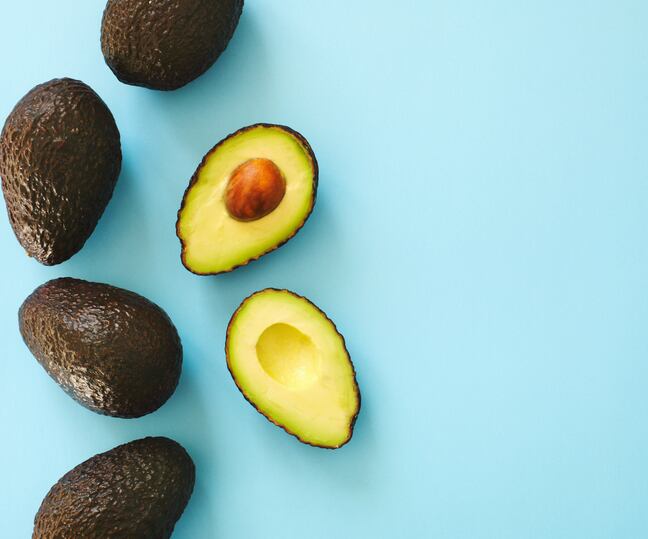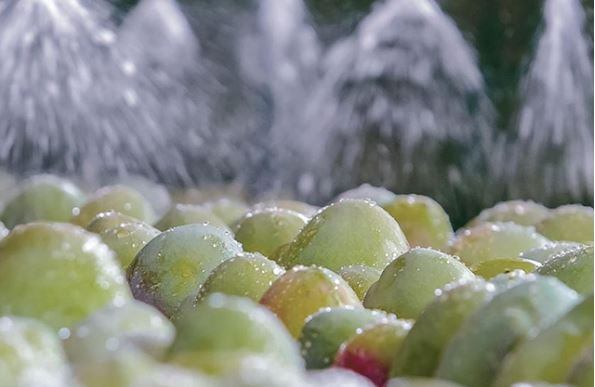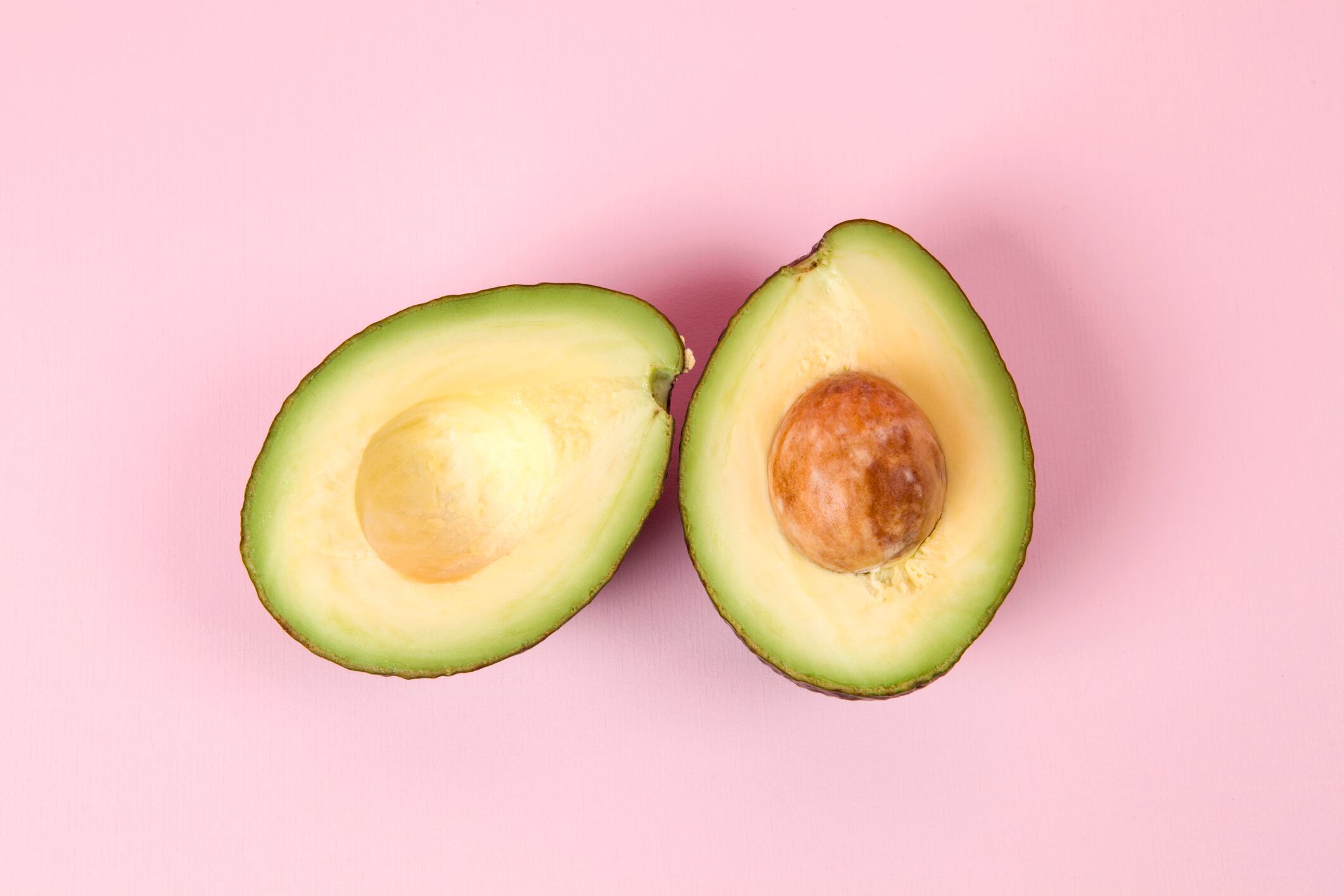Founded in 2016 and headquartered in Washington DC, the WAO has over 120 members including avocado producers, exporters, and importers from the main producing.
CEO of the WAO Xavier Equihua said he is on a mission to educate global consumers on avocado sustainability as well as the positive impact avocado production has in its countries of origin. “It creates jobs and bringing wealth to producer countries," he told FoodNavigator-LATAM.
According to data from the United Nations’ Food and Agriculture Organization (FAO), most of the world's avocados come from Latin America. Countries from the region make up seven of the world’s ten biggest avocado producing countries. (The top ten producers in 2017 were Mexico, Dominican Republic, Peru, Indonesia, Colombia, Brazil, Kenya, Venezuela, Chile, and the US.)
“Colombia and Mexico, especially Jalisco in Mexico, have great potential for growth [as producer countries] because they have very good climates with the right topography for growing avocados. In those countries, all irrigation comes from natural rainfall," Equihua said.
Colombia will host the World Avocado Congress from 23 – 27 September in Medellín this year year. Organized by Corpohass, the Colombian association of hass avocado growers, the event will have a conference and round table talks, workshops and a tradeshow.
Colombia, which recently joined the WAO in September last year, has seen a boom in avocado production and is enjoying an annual growth rate of 550% between 2012 and 2016.
“The model of Peru, however, is unique," Equihua said. "It is becoming an even larger producer country. Peru is taking deserts and making them green, using water captured from the snow-capped Andes. This which is the best thing you can do, take useless land and turn it into somewhere you produce food.”
According to the Water Footprint Network, 2,000 liters of water are needed to produce just one kilo of avocados. This is four times the water needed to produce a kilo of oranges, and 10 times what is needed to produce a kilo of tomatoes.
However, Equihua said the idea that avocados have an unsustainable water footprint is unfair.
“There is so much misinformation about this. It all depends on the country. Mexico and Colombia only use rainfall, for instance. There are a few bad apples in Chile,” Equihua admitted. “The Petorca valley [where avocado agribusinesses stand accused of illegally diverting rivers, emptying aquifers and intimidating environmental activists] has had many water issues and that is the one you hear about. Chile has a divided industry with different priorities."
Explaining the avocado boom: 'Consumers want fresh food'
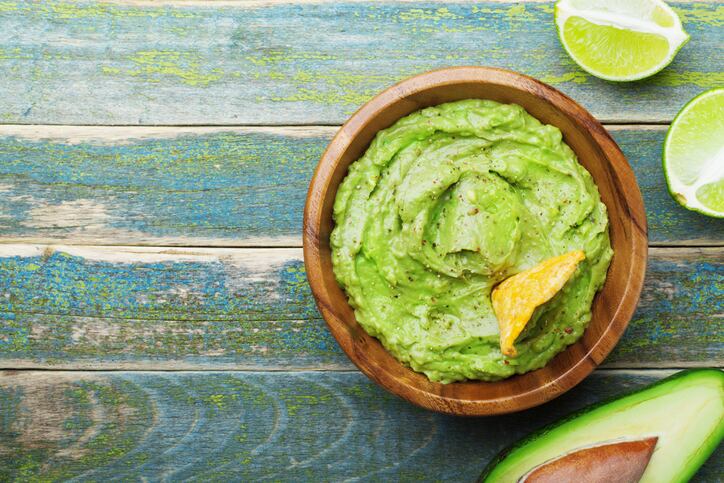
Although sustainability concerns have attracted attention around the world, demand for avocados shows no sign of abating, according to WAO figures.
It predicts global avocado consumption will increase by 15% each year for the next five years.
“Ninety-eight percent of avocados are eaten fresh and that’s because consumers, especially young consumers, don’t want to eat processed products, they want fresh food,” said Equihua.
This is also what will give the avocado trend longevity, according to the CEO.
“Avocados are trendy but I don’t like to use that word. When you look at movements that have changed, over the years, the way we do things, it’s usually young people who are [driving] those changes in our society,” Equihua said.
“One thing that young people are changing right now is how we eat. We are eating healthier and their main product is avocados, and people who are now millennials will still be eating avocados in their thirties, forties, and fifties.”
Ice cream, water & mayo
Some brands are adding avocado into processed products, however, and finding success.
The high-fat fruit is commonly used in vegan ice creams to give a creamy mouthfeel and flavor while avocado oil adds a subtle flavor and healthy fats to
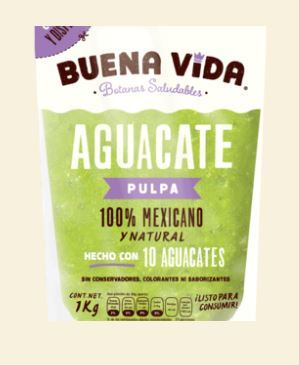
mayonnaise.
Mexican manufacturer Grupo Escamp makes preservative-free, ready-to-drink avocado water, made with avocado, fresh lemon juice, and peppermint.
Buena Vida, also from Mexico, sells packs of fresh avocado pulp, made from 10 avocados, offering consumers an easier way to make home-made guacamole.
Meanwhile, Mexican company Biofase has developed straws from avocado seed resin.
Research and development (R&D) efforts, meanwhile, are focusing on ways to increase shelf life. One recent breakthrough has been a natural coating made out of red grape skin, for instance.
Colombian researchers, meanwhile, recently filed a patent for a method to reconstitute avocado solids using blended pulp, lemon juice, and water, allowing food manufacturers stable year-round access to the fruit.

